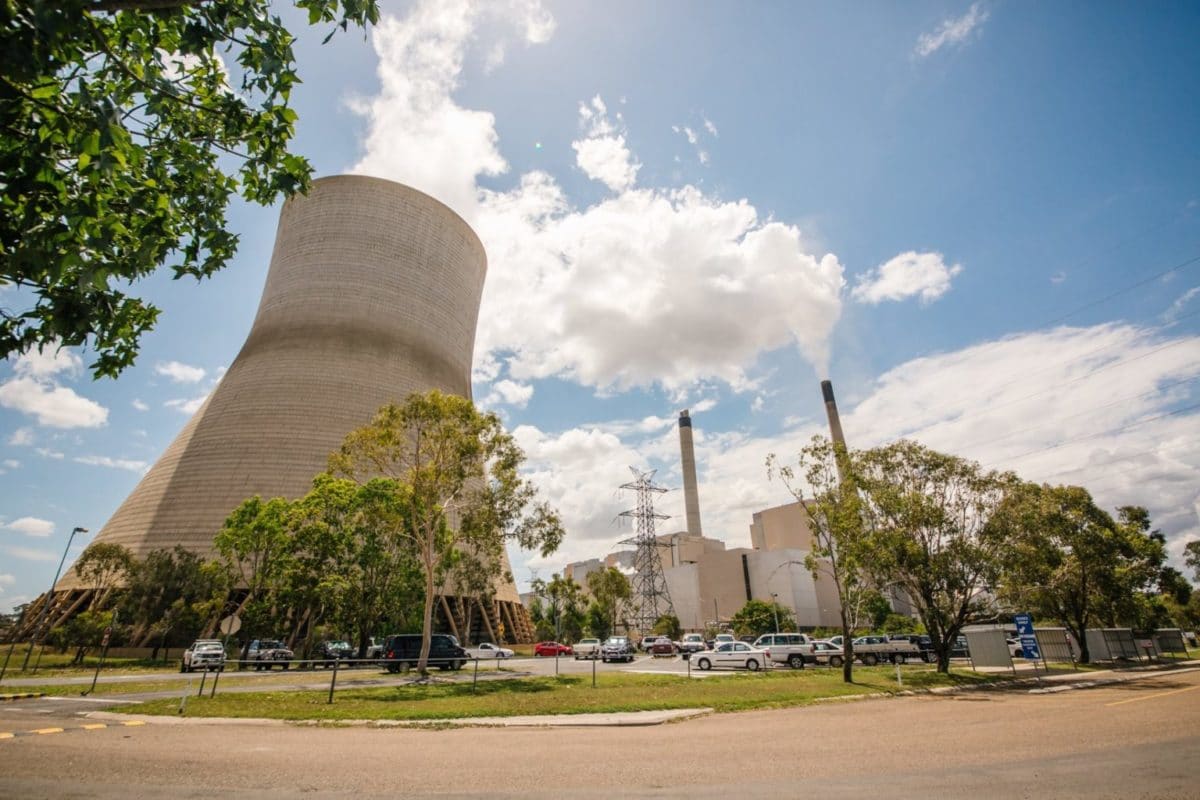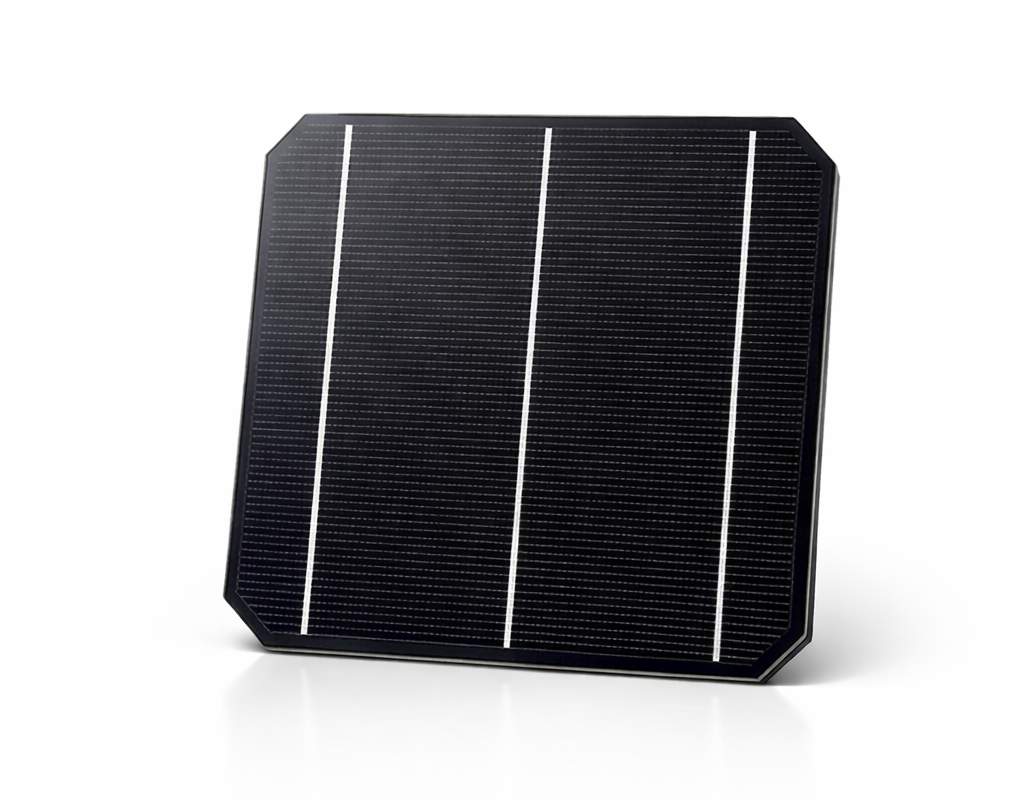A fire at the Callide C coal-fired power station caused chaos in Queensland’s electricity system last week, leaving about 477,000 homes without power up and down the Australian state's coastline.
CS Energy, the state government-owned energy company – and the operator of the 1.5 GW Callide Power Station near Biloela, central Queensland – said a fire occurred in one of the turbine halls at the plant on Tuesday. It said the event immediately forced both units at Callide C offline. That caused such instability that all operating units at Callide B also tripped.
The Australian Energy Market Operator (AEMO) said the “significant power system event” also tripped multiple transmission lines and forced power stations at Gladstone, Stanwell, Yarwun and Mackay offline, resulting in about 3.1 GW disappearing from the Queensland grid.
A Powerlink spokesperson said the impact occurred within milliseconds of the incident at Callide. It sparked outages across the state, blacking out hospitals, airports, shopping centres, sewage treatment plants, traffic lights, businesses and households. Most of those who lost power were back online within hours. A spokesperson for New South Wales energy provider Essential Energy said tens of thousands of residents bordering the Gold Coast also lost power for a period.
In the wake of the incident, AEMO issued a “lack of reserve” (LOR) notice at 4.45 pm and a forecast LOR3 notice at 5.07 pm identifying the potential for electricity demand to exceed supply in Queensland. It later called on households to avoid using heavy appliances to “minimize stress on the system” until at least 9.30 pm to mitigate the risk of further brownouts or blackouts. This notice was later cancelled at 7.13 pm due to sufficient power supply from generators returning to service around the state.

Queensland Energy Minister Mick de Brenni said on Wednesday that the grid had been stabilized.
“We don’t expect to see any blackouts as a result of this incident,” he said. “The power in Queensland is stable. We worked closely across all agencies and with the national Australian Energy Market Operator to make sure they were able to bring on additional supply. We have a diverse and publicly owned generation network in Queensland – everything from nearly 700,000 households with rooftop solar, solar farms, wind farms, pumped hydro and a fleet of coal-fired generators and they’re all operating all full steam.”
Queensland Conservation Council Director Dave Copeman said the incident had reinforced the need for more utility-scale batteries to be established within the state to shore up grid stability. Copeman said the best way to provide cheap, clean electricity to Queenslanders is by investing in renewable energy and storage, including large batteries.
“This illustrates the devastating impact that relying on large, geographically concentrated thermal coal units can have, particularly as they age,” he said. “The piece of infrastructure transmission operators most needed when this failure occurred was a large-scale battery. It could have been delivering power to support the grid within seconds and may have prevented the wider network failures.”
Batteries have emerged as a critical component of Australia’s energy network, with the Energy Security Board’s (ESB) Post 2025 Market Design Directions Paper stating the projected influx of new renewable energy over the next two decades will need to be supported by between 6 GW to 19 GW of new flexible, dispatchable resources.

Queensland already has a number of grid-connected batteries operating, including the Lakeland Solar Farm (1.4 MW/5.3 MWh) in northern Queensland and one at the Kennedy Energy Park (2 MW/ 4 MWh) near Hughenden. Singapore-based developer Vena Energy has already commenced construction of a 100 MW/150 MWh grid-scale battery near Wandoan in the Western Downs, while AGL Energy plans to build a 100 MW/150 MWh battery next to the 453 MW Cooper’s Gap wind farm near Kingaroy.
French renewables developer Neoen is also planning to build 150 MW of battery storage as part of its proposed 460 MW Western Downs Green Power Hub. It will be constructed near Chinchilla. It has also submitted plans to develop a 100 MW battery project in Queensland’s far north.
In addition, the Queensland government has announced plans to install five large-scale, network-connected batteries, with a combined capacity of 40 MWh, in regions across the state as part of a community battery trial. Copeman said those batteries will be increasingly important as coal-fired power plants are retired.
The 825 MW Callide C site, commissioned in 2001, is one of Australia’s newest coal-fired plants. But Copeman said the technology has failed to keep pace with the rapidly transitioning energy network.

“When Callide C was built in 2001, it was talked about as having a 25-year life span. It’s now 20 years old,” he said. “Queensland coal has been forced to operate more flexibly than it was designed to as solar has entered the market in recent years. This potentially makes units more vulnerable to failure. Even if this incident was unrelated, it still shows the potential disruption to Queensland’s electricity supply possible in future.”
Rystad Energy Senior Analyst Dave Dixon said Queensland’s fleet of coal generators only has a very small ramping capacity, compared to Victoria and New South Wales. It can manage only 500 MW a minute, due to its reliance on coal, compared to more than 2.5 GW in New South Wales. But Dixon claimed that batteries can ramp up to 100% of capacity in less than a second.
Investigations into last week's blaze have already commenced. CS Energy CEO Andrew Bills has said that an initial inspection has revealed that unit C4 at Callide C, which is jointly owned by CS Energy and Intergen, was heavily damaged. He said it will take some time to fully understand the cause of the failure and what will be required to repair the unit, but warned that it could be a year before it is back online.
“It is too early to say with certainty when Unit 4 will be operational again, however based on currently available information, we have informed the market operator this morning that the unit will be available in 12 months,” the company said in a statement. “We are assessing the damage to other three units. This will be our priority today so that we can work out a plan to bring those units back safely.”
This content is protected by copyright and may not be reused. If you want to cooperate with us and would like to reuse some of our content, please contact: editors@pv-magazine.com.




1 comment
By submitting this form you agree to pv magazine using your data for the purposes of publishing your comment.
Your personal data will only be disclosed or otherwise transmitted to third parties for the purposes of spam filtering or if this is necessary for technical maintenance of the website. Any other transfer to third parties will not take place unless this is justified on the basis of applicable data protection regulations or if pv magazine is legally obliged to do so.
You may revoke this consent at any time with effect for the future, in which case your personal data will be deleted immediately. Otherwise, your data will be deleted if pv magazine has processed your request or the purpose of data storage is fulfilled.
Further information on data privacy can be found in our Data Protection Policy.